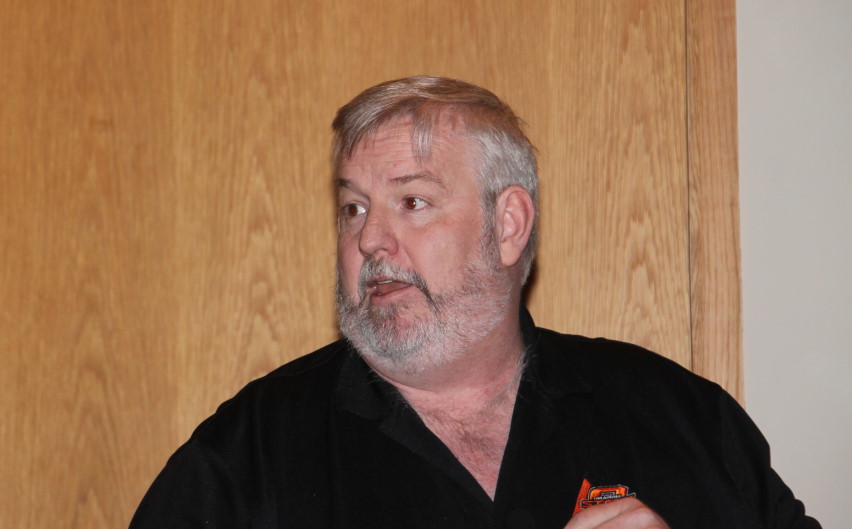
Agricultural News
Market Watcher Derrell Peel Says Feeder Cattle Supplies Continue to Dwindle
Mon, 21 Feb 2011 11:22:08 CST
 The latest USDA Cattle on Feed report confirmed that feedlots continue to build feedlot inventories. The February 1 on-feed total was 11.514 million head, 106 percent of year earlier levels. However, Dr. Derrell Peel of Oklahoma State University says it should be noted that this is compared to a small February number last year. In fact, the current February 1 feedlot inventory is actually just equal to the five average from 2006-2010 for this date. Nevertheless, it is remarkable to rebuild feedlot inventories to this level given overall cattle inventories.
The latest USDA Cattle on Feed report confirmed that feedlots continue to build feedlot inventories. The February 1 on-feed total was 11.514 million head, 106 percent of year earlier levels. However, Dr. Derrell Peel of Oklahoma State University says it should be noted that this is compared to a small February number last year. In fact, the current February 1 feedlot inventory is actually just equal to the five average from 2006-2010 for this date. Nevertheless, it is remarkable to rebuild feedlot inventories to this level given overall cattle inventories.
January placements were 104 percent of one year ago, continuing a trend of your over year placement increases in recent months. Placements were up the last five months of 2010 and, in fact, were up 9 of 12 months last year. The result of that was an estimated feeder supply on January 1 that was down 3.3 percent from the previous year. Clearly feedlots are placing cattle at a rate that is not sustainable indefinitely. All of the increase in January feedlot placements was cattle less than 700 pounds, with the biggest increase in feeders weighing less than 600 pounds. That leads to a couple of important questions.
First, why are feedlots placing cattle so aggressively and why are they placing lightweight cattle in the face of such high feed costs? There are several parts to the answer to those questions. Feedlots always have a short run incentive to maintain feedlot capacity to spread fixed costs. Feedlots are chasing whatever feeder cattle they can find to place and that probably accounts for the lightweight placements-there aren't any heavy feeder cattle to be found. This was abetted by dry weather and poor winter grazing conditions that resulted in lightweight cattle moving to market instead of grazing at all or being marketed earlier than usual off of winter forage. Finally, the premium in Live Cattle futures gives some hope that these cattle might have a chance to cover breakeven costs. Lightweight cattle placed in January will be marketed in July and August and can easily have a breakeven around $120/cwt., depending on feed costs for a particular feedlot. While that is above August Live Cattle futures levels, it is close enough to make it possible. Feedlots are doing it, not because it looks all that good but because it looks less bad than not placing cattle at all- at least for now.
Another question is how long can feedlots continue to defy gravity with feeder supplies? I am regularly amazed at how far this industry can push things before it reaches a limit. Nevertheless, I think the limit is fast approaching. February may include some additional availability of winter grazing cattle although it is not clear how many were left after January. Certainly from March on, feeder supplies will get extraordinarily tight. By March, feedlots will not be able to continue increasing placements whether they want to or not. This market is setting up to have a big contrast between the first and second halves of the year. Relatively ample supplies of fed cattle in the first and second quarters will drop sharply into the third quarter and be very tight in the fourth quarter. What does that imply for cattle and beef prices? Certainly there is little downside risk and the potential to go significantly higher. How much higher? It all depends on demand, both domestic and international.
Our thanks to Dr. Derrell Peel for offering this commentary on the latest cattle market conditions here in the southern Great Plains.
WebReadyTM Powered by WireReady® NSI
Top Agricultural News
More Headlines...



















